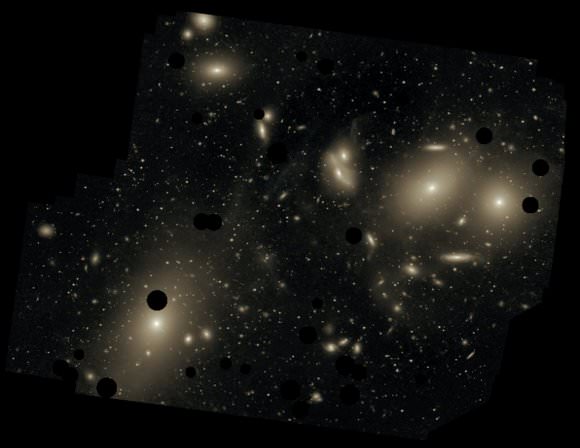

You may think that a lot of things are fast, like speeding bullets and Superman and the passage of time when you are having fun. But all of these things are nothing compared to the speed of light, which is the fastest that something can travel through the Universe. The speed of light is sometimes referred to as the “cosmic speed limit”. Light travels in a vacuum at 186,282.4 miles per second or 299,792,458 meters/second. For simplicity, it is often said that these numbers are 186,000 miles per second, and 3.00 x 10^8 meters per second.
How fast is this in normal terms? Well, the record for the fastest aircraft is held by the Boeing x-43 scramjet. Scramjets are single-use unmanned aircraft designed to go at hypersonic speeds. The x-43 traveled at 12,144 km/h (7,546 mph), or Mach 9.8, on November 16th, 2004. That is .000405% of the speed of light. And this is a jet that can travel from New York to Los Angeles in 20 minutes. While it takes photons about 8 minutes to travel the distance from the Sun to the Earth – at its furthest, 152 million km (94.4 million miles) – this scramjet traveling at its maximum speed would take about 522 days!
The speed of light is really fast, and at this speed some bizarre things start to happen. First off, photons can only travel this speed because they have zero rest mass, meaning that if you were to somehow trap a photon and put it on a scale, it would have no mass. It’s virtually impossible for something with mass to travel this speed, because as you get faster and faster, it takes more and more energy to get you to the speed of light, which makes you heavier, which requires more energy, etc. Time also changes when you get to these speeds. If you left the Earth going the speed of light, then came back around and landed, you would perceive time as moving normally, but when you returned it would seem as if time sped up for everybody on the Earth, and all of your friends and family would be much, much older.
The speed of light is not constant in all materials, though, and can be slowed down. Here’s an excellent article on how researchers can slow down the speed of light by passing it through different materials, with the slowest speed being 38 miles per hour!
To learn more about the speed of light – and there is a lot, lot more to learn, check out the Astronomy Cast questions shows from October 26, 2008, June 4, 2009 and September 26, 2008, or the Physics section in the Guide to Space.
The mass of the Milky Way's supermassive black hole, SgrA*, is roughly 4.3 million times…
The problem with debating a flat-Earther is that they didn’t arrive at their conclusions from…
The traditional theory of black hole formation seems to struggle to explain how black holes…
Fast Radio Bursts (FRBs) are mysterious pulses of energy that can last from a fraction…
The Sun can kill. Until Earth developed its ozone layer hundreds of millions of years…
In February 2016, scientists working for the Laser Interferometer Gravitational-Wave Observatory (LIGO) made history by…